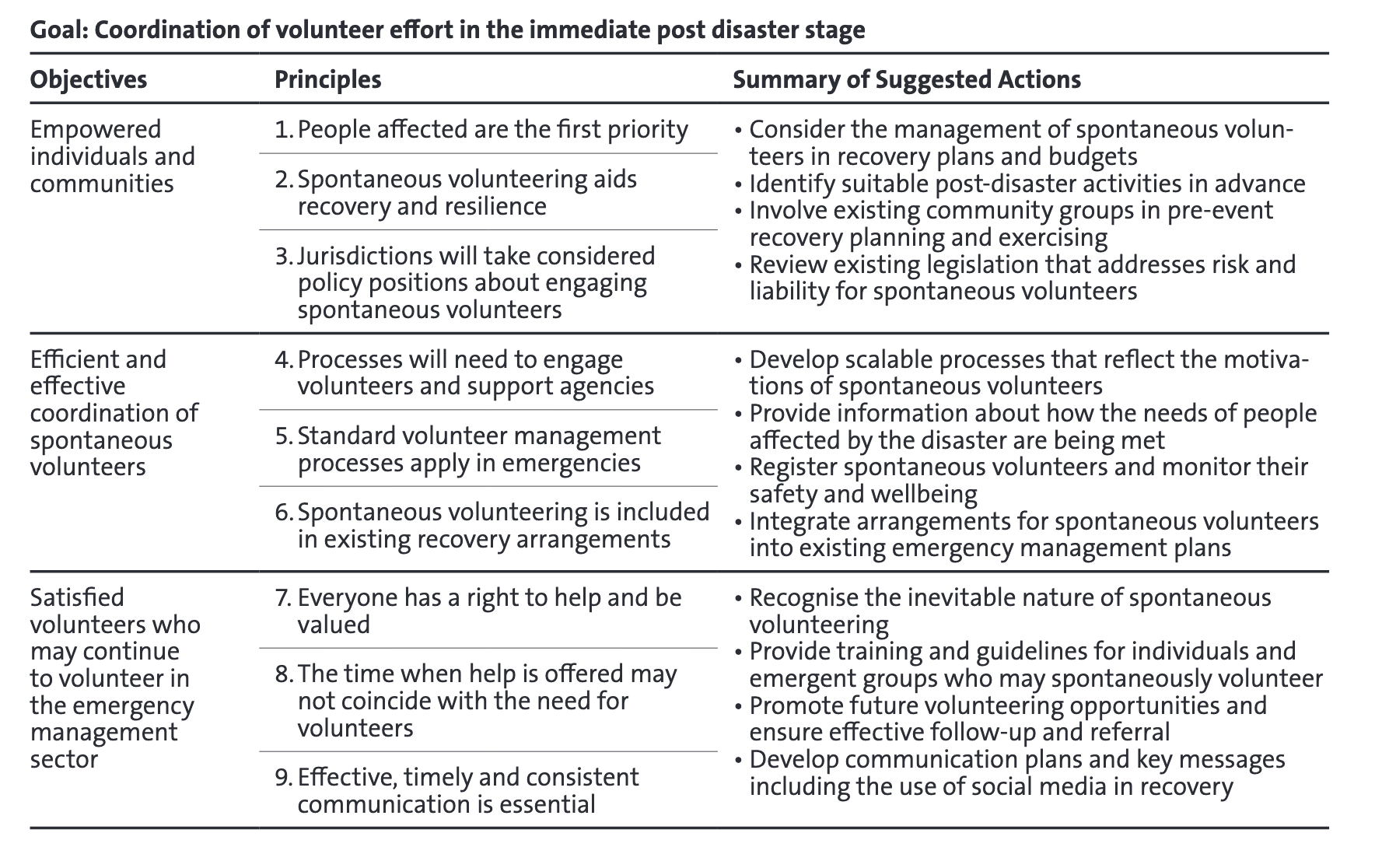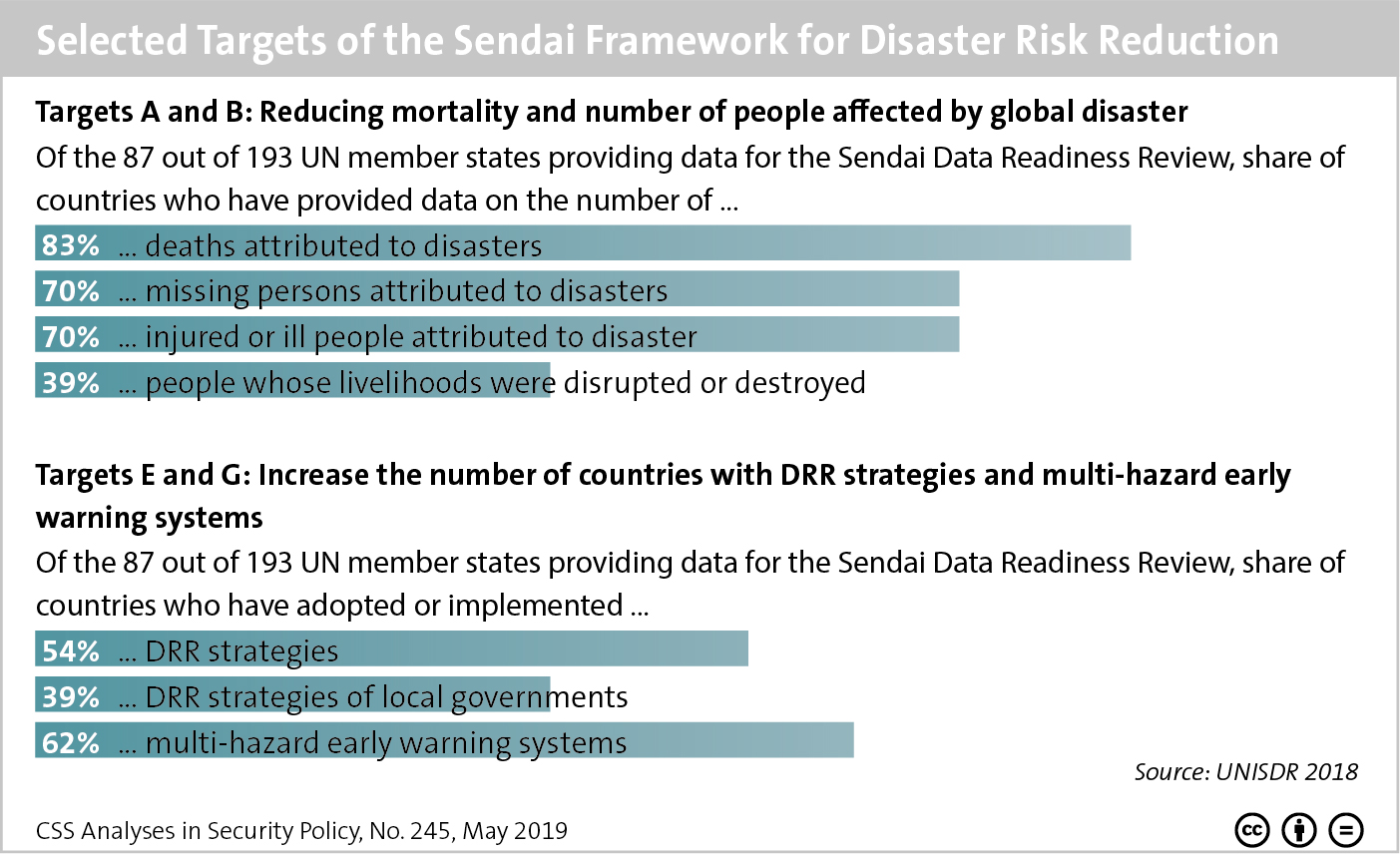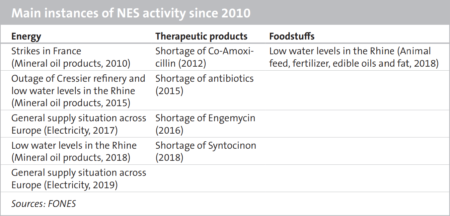Image courtesy of /Toby Morris/The Spinoff. CC BY-SA
This blog belongs to the CSS’ coronavirus blog series, which forms a part of the center’s analysis of the security policy implications of the coronavirus crisis. See the CSS special theme page on the coronavirus for more.
How resilience can help cope with the corona pandemic
Research shows that close social ties, personal networks and helping each other are crucial in dealing with severe crises. This includes the current corona crisis. Thus, fighting the virus is about physical and not “social distancing”.








